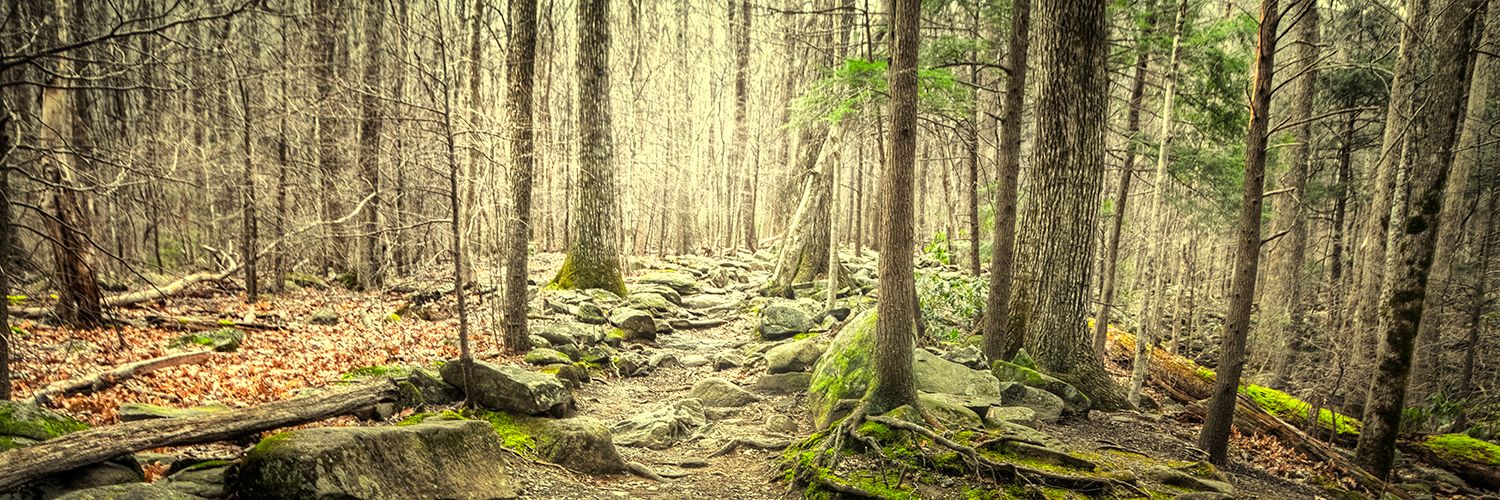Kamloops Christmas Bird Count Results
Submitted by Rick Howie (Compiler)

Hybrid Glaucus x Herring Gull by Rick Howie
It was a blustery, snowy day on Dec. 21 , 2020 for our 41st annual Christmas Bird Count first started in 1979. The club had been doing a half day count for a few years prior to this but we made it a full day Audubon count in 1979.The temperatures in the valley bottom ranged from 0°C – 1°C under cloudy, snowy conditions with winds brisk throughout the day. Temperatures at higher elevations in the count circle were likely 2-3 degrees cooler.
We were ably-represented by 51 participants in 19 teams. Our keen observers were C. Arnold, Tom Beeke, Cathy Bently, Jessica Blenkarn, Alan Burger, Doug Burles, Faye Burles, Denise Caldwell, Emily Carpenter, Jo Chipperfield, Bryce Coombs, Teresa Corboy,Tom Dickinson, Cori Dixon, Richard Doucette, E Donlan, Darrel Frolek, Lorna Frolek, Maxine Grass, Mike Hanry, Barry Harman, Phil Heal, Kathy Hoch, Phil Holman, Rick Howie, Liis Jeffries, June Kitamura, Kats Kitamura, David Komljenovic, E. Komljenovic, Kathy Lamoureux, Ken Lipinski, Marina Lipinski, Bob Needham, Isaac Nelson, Anne Pang, Andy Raniseth, Marilyn Raniseth, Barry Rosenberger, Clara Ritcey, Ralph Ritcey, Tristan Semeniuk, Heather Stalberg, Alan Vyse, Frances Vyse, Chris Wenger, Shawn Wenger, Dave Whiting, Maryanne Whiting, Clayton Whitman, and Karen Willies.
The total number of species was 76 and the total number of individuals was 9318 (See the table below). We were slightly above average for the number of species and below the 2016 count of 11, 563 individuals due mainly to the large numbers of Bohemian Waxwings present that year.

Highlights
The rarest bird of the count was a hybrid Glaucous-winged Gull crossed with a Herring Gull seen at the Kamloops Landfill. These 2 species hybridize extensively in southern Alaska and have been called “Cook Inlet Gulls.” Possibly tied for the rare bird was an Anna’s Hummingbird which managed to survive at a feeder until our count date. This is the first record for our count although there were quite a few around into early winter. We seldom hear about how many survive through until spring. Great Gray Owls are seldom seen on our count such that one seen by Tom Dickinson in the Rose Hill area was a treat. Pygmy Owls have been seen frequently this winter and 4 on our count was a good number. Several yellow-shafted flickers were reported. They are relatively rare in our area with red-shafted types being the most common. The big southward finch invasion that is most prevalent in the eastern part of the continent was reflected in a small way in our count. Crossbills put on a small showing along with more Pine Siskins than normal, which seems to be a common phenomenon in BC. A White-throated Sparrow at Tom Beekes’s feeder is always a noteworthy find although they are breeding closer to Kamloops now, with good populations around Quesnel.
On the negative side of the ledger, Scaup numbers were low once again with more Lesser Scaup reported than Greater Scaup which is the reverse of normal. Barrow’s Goldeneye numbers were down as were corvid species. Perhaps they stayed under cover with the poor weather. Chickadees were scarce, again likely due to tough weather keeping them under cover.
Acknowledgements. I would salute the hardy observers who mustered a terrific count considering the weather conditions. Some like the Wengers walked 7 km in the wind and Chris put on some additional foot mileage in the afternoon. True athletes. well done. A special thanks to Heather Stalberg who performed our initial data compilation.
